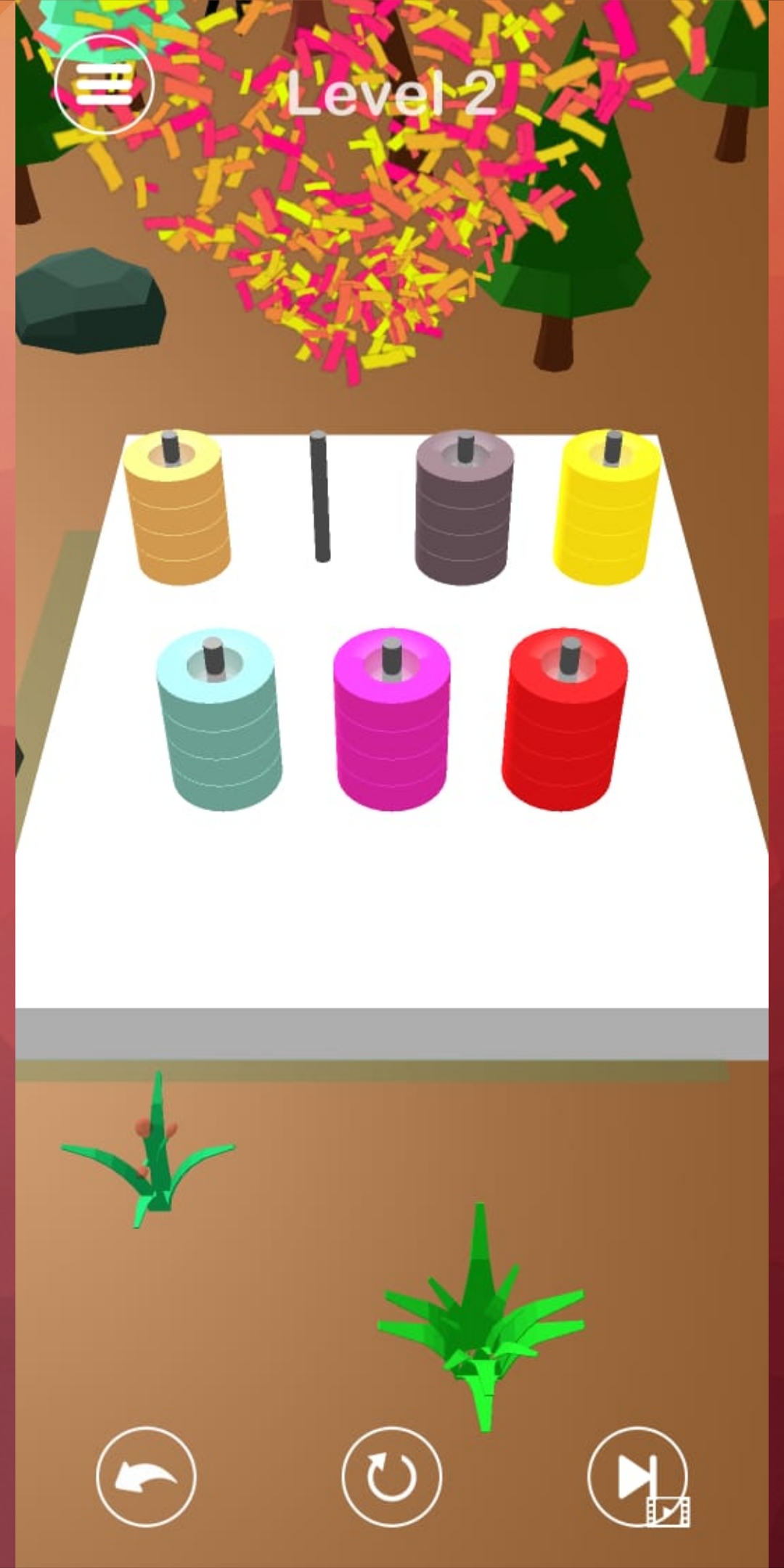
The challenge cards fit perfectly within the display tray. Since the challenge cards have their own space in the tray, I’d simply pull out a card (one of the lower levels challenges) and tell them to solve the puzzle. It makes a great conversation point at work as well!Īnd sure enough, it soon became a big discussion piece as everyone that came into my office asked what it was. So, I brought Chroma Cube to work and set it out on my desk. Since Chroma Cube includes bright colored cubes in a wooden tray, it doesn’t seem right to have it tucked away in a box on a game shelf somewhere. One thing we do know for sure is that Chroma Cube makes a great desk display as well! We’re also not sure how these colors appear to those that are color blind or have more difficulty deciphering colors. We’re happy there’s a Color Legend included. For example, Teal and Mint may be a bit confusing. Because the first step to even solving the first puzzle requires that you understand the names of the different colors used. We’re glad the instructions card also has a Color Legend on it. After all, a parent could read the clues out loud and a child could try to solve it. However, you really don’t need to be limited by that either. Our first inclination is to recommend the puzzle for those who can read the clues. The beauty of Chroma Cube is that it’s approachable by anyone. The higher the level challenge, the more cryptic the clues. However, as players progress through the challenge levels, the clues become more cryptic by introducing words/phrases that players must deduce to solve the puzzle.įor example, and early challenge clue is, “White isn’t in a corner, but Mustard is.” While a later challenge clue is, “Mint knows Cobalt, Magenta, and Brown.” As players progress through the challenges, they’ll come to understand what “knows” in a clue means. The first few puzzles are pretty straightforward with basic relative space references in the clues. The 25 challenges increase in difficulty as you progress. That’s really all there is to it – pick a challenge, set it up as shown, and use the clues to solve it.īut, you should also know that the difficulty level increases with each challenge. With 12 different positions on the tray, the blocks can be arranged in 479,001,600 different combinations! The back side of the card shows a possible solution, but there may be more ways to solve each puzzle. You can get an idea of some of the clues in the photos. One side of the card presents the position of some colors on the tray as well as a list of clues to determine the position of the remaining cubes. Players must use the clues at the bottom of the card to solve the puzzle. There are 25 different challenge to be faced.Įach challenge is listed on a puzzle card. Today we’re excited to share with you one of their puzzles – Chroma Cube! Challenge: Place the wooden blocks in their correct space.Ĭhroma Cube is a color-based deduction puzzle where players must figure out the location of all 12 color cubes depending on the challenge. “Project Genius is focused on curation of quality puzzles, timeless design, modern sophistication and most importantly on the opportunity for each of us to discover our capabilities for ourselves. Like most of you, we enjoy the challenge of solving a clever puzzle, but we don’t want to play with a toy anymore, we want to surround ourselves with artifacts that inspire our senses and stimulate our curiosity.” So when I discovered brainteaser puzzles from Project Genius, I was immediately intrigued.

While both of those puzzles involve numbers, I love taking on a variety of such challenges.

I love taking a break to challenge my mental muscles in solving puzzles. There are a handful of things I love to do with regularity each day.Īnd among those things are daily Sudoku and KenKen puzzles.


 0 kommentar(er)
0 kommentar(er)
